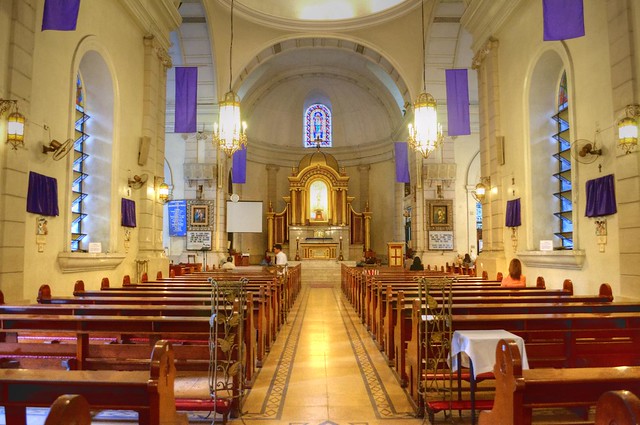My eye could take in (and be taken in by) the whole building at once, without visual obstruction or physical blockage. I could wander diagonally down the long nave if I wanted. The building, rather than confining me to right-angled aisles and basically telling me to sit down, seemed to invite freedom of movement, external and internal, all the while drawing you toward the tomb and the altar. I know it will lose me manliness points, but I felt like dancing.
Pews, which now seem as immutably natural a part of a church as the sanctuary, are a product of the Reformation. Catholics eventually copied them. Most Orthodox churches in the Old World never had them. People stood during services, unless they were old or important! And in a few places, like Rome, they have not covered over everything everywhere. Now we only meet such open spaces in public secular buildings like capitols and old-style train stations. I know, both in terms of practicality and in terms of the desacralization issue I mentioned yesterday, that churches with wide open pavements are not likely.
But I like them. Very much.
St Paul Outside the Walls, Rome.
Built by Constantine and enlarged and embellished by succeeding emperors and popes.
But look at that grand pavement and open space.




No comments:
Post a Comment